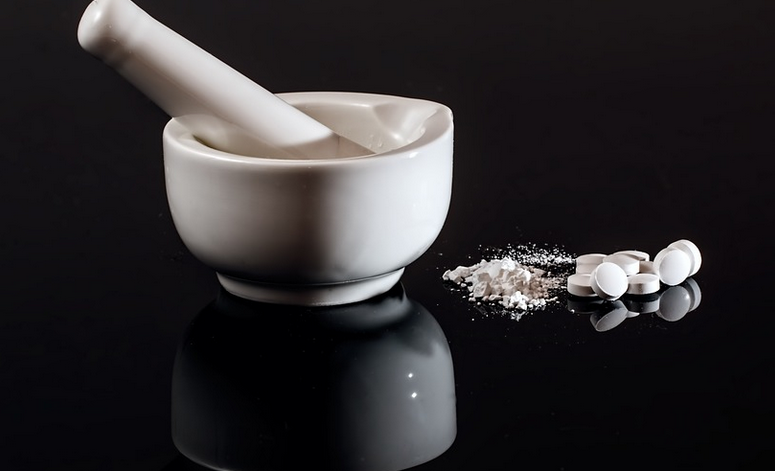Introduction
Brazilian cherry hardwood floors are a popular choice for homeowners due to their durability, rich color, and unique grain patterns. However, over time, these floors can become discolored or faded, which can be frustrating for homeowners who want to maintain the beauty of their floors. One solution to this problem is to bleach the floors. In this article, we will provide a comprehensive guide on how to bleach Brazilian cherry hardwood floors.
What is Bleaching?
Bleaching is a process that involves removing the natural color of the wood by applying a chemical solution. This process can be used to lighten the color of the wood, remove stains, or even out the color of the wood. There are different types of bleaching agents that can be used, including hydrogen peroxide, sodium hypochlorite, and oxalic acid.
Preparing the Floors
Before you begin the bleaching process, it is important to prepare the floors. Start by removing all furniture and rugs from the room. Then, clean the floors thoroughly with a hardwood floor cleaner. Once the floors are clean, sand them with a fine-grit sandpaper to remove any remaining finish or stains. Make sure to wear a mask and eye protection while sanding.
Choosing the Bleaching Agent
There are different types of bleaching agents that can be used on Brazilian cherry hardwood floors. Hydrogen peroxide is a mild bleaching agent that is safe to use on hardwood floors. Sodium hypochlorite is a stronger bleaching agent that can be used to remove stubborn stains. Oxalic acid is a bleaching agent that is specifically designed for use on hardwood floors.
Applying the Bleaching Agent
Once you have chosen the bleaching agent, it is time to apply it to the floors. Follow the instructions on the packaging carefully. Generally, you will need to dilute the bleaching agent with water before applying it to the floors. Use a clean mop or sponge to apply the solution evenly to the floors. Make sure to wear gloves and eye protection while applying the solution.
Allowing the Bleaching Agent to Sit
After applying the bleaching agent, you will need to allow it to sit on the floors for a specific amount of time. This will depend on the type of bleaching agent you are using and the color of the floors. Make sure to follow the instructions carefully, as leaving the solution on for too long can damage the floors.
Rinsing and Neutralizing
Once the bleaching agent has been allowed to sit, it is time to rinse and neutralize the floors. Rinse the floors thoroughly with clean water to remove any remaining solution. Then, use a neutralizing solution to balance the pH of the floors. This will prevent any damage to the wood and ensure that the floors are ready for the next step in the process.
Drying the Floors
After rinsing and neutralizing the floors, allow them to dry completely. This may take several hours or even overnight. Once the floors are dry, inspect them carefully to ensure that the bleaching process has been successful.
Finishing the Floors
After bleaching the floors, it is important to refinish them to protect them from damage and give them a polished look. Apply a hardwood floor finish of your choice, following the instructions carefully. Allow the finish to dry completely before moving furniture back into the room.
Conclusion
Bleaching Brazilian cherry hardwood floors can be a challenging process, but it is a great way to restore the beauty of your floors. By following these steps and using the right bleaching agent, you can achieve the results you want and enjoy your beautiful floors for years to come.

